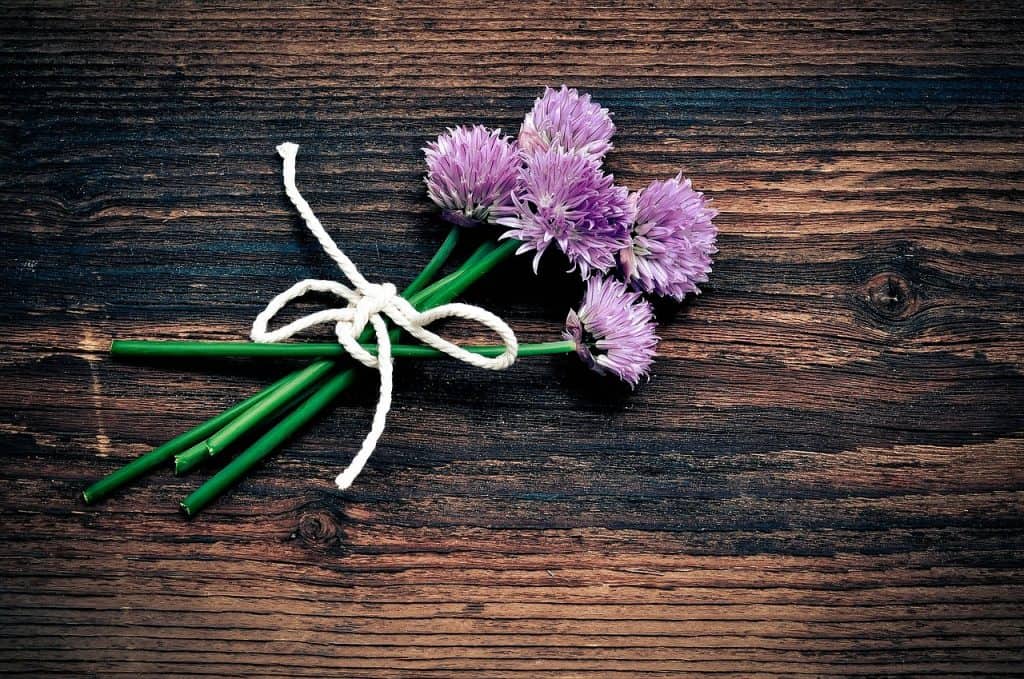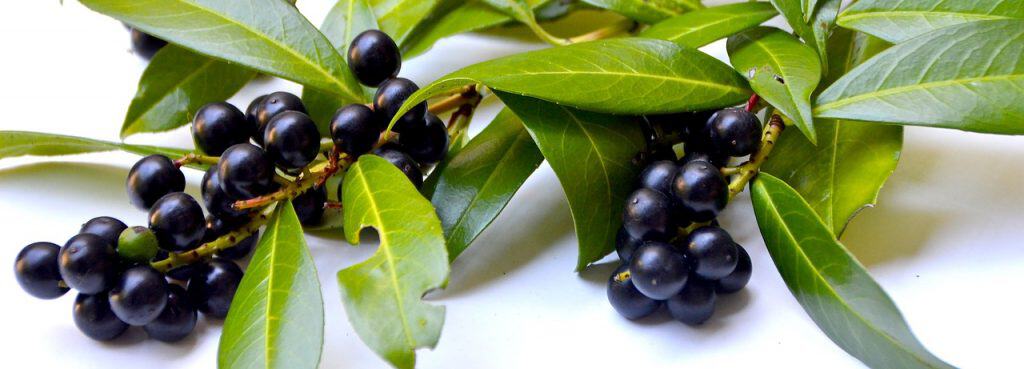
10 Best Herbs to Grow Indoors and How to Grow Them
Picture this – beautiful and aromatic mounds of kitchen herbs lining the sills of your sunny windows just waiting to be picked. Would you love to make this a reality? If yes, we are here to offer a helping hand. We will walk you through how to grow herbs indoors and the best herbs to choose for your indoor garden.
With this guide, you can keep a steady supply of fresh herbs in your kitchen throughout the year. What’s more, we’ll provide tips on planting herbs indoors to ensure you understand which herb varieties thrive on your window sill or under your indoor grow lights.
For the best results, we suggest you plant each herb variety in its own pot for customized care and ample room for growth. The following are our picks for the best herbs to grow indoors.
1. Lemongrass
Technically, you don’t even have to plant lemongrass as it doesn’t require potting mix, making this herb incredibly easy to cultivate indoors. Simply identify a stalk with plenty of stem at your local market. Ensure your stalk of choice has an intact base. You need to trim its top before you dip it into a couple of inches of water. The stalk will develop roots and subsequently give you dozens of new lemongrass shoots.
2. Chives
Chives are among the best herbs to grow indoors as they don’t require a lot of light to thrive. You will ultimately love this herb’s prolific production. For ease of cultivation, start your chives from a mature plant. Just pull up a bunch of chives with their roots from an already-established plant and start them in a half-full pot. Ensure you cover the roots with rich organic soil to the crowns. To stimulate growth, cut off about a third of the upper part of your plant.
3. Mint
Peppermint and spearmint grow like weeds. In fact, they are highly invasive and tend to choke out other plants, making them perfect candidates for a container garden. We recommend you settle for peppermint if you do not have a lot of cultivation space. Start your mint plant with seeds as opposed to the leaf or root cuttings. Plant your seeds directly into a small pot full of moist potting soil. While mint thrives well in the shade, ensure your plant is exposed to moderate light on a daily basis. Keep your mint well away from your other herb pots, or you may find an invader in your indoor garden.
4. Parsley
As a commonly used and easy herb to cultivate indoors, parsley takes a prime spot in our guide to planting herbs indoors. You should note parsley seeds are difficult to germinate and you might need to give them up to two weeks for noticeable results. This is compensated with the ease of maintenance once they germinate. Parsley requires moderate light to thrive. Due to its slow growth rate, initial clippings might not give you the desired harvest. While the plant might require frequent watering, you should ensure the soil surface is dry before watering again to avoid wilting. Also, use rich organic soil for the best results.
5. Oregano
While there are many different types of oregano, the Greek variety is the best for indoor cultivation. However, all varieties thrive well when exposed to light for six to eight hours. Consider artificial lighting or placement near your southwest window for moderate illumination. Water the plants the moment the soil surface dries. The soil should never dry out completely.
6. Thyme
Just like oregano, thyme thrives when exposed to light for six to eight hours on a daily basis. When extra light is provided, the results are even better. Replace regular thyme with lemon for an unusual citrus-like flavour that is great in seafood dishes.
Cultivate your thyme in a fast-draining potting mix and place your pot in a warm and bright location. Water the plants the only when the soil surface dries, but be keen to avoid wilting.
7. Rosemary
If you are planting herbs indoors, do not rosemary. You do not have to worry about watering it very often or getting a rich potting mix. It comes in numerous varieties; while some develop as creeping plants, others are bush-like. We recommend upright varieties such as Blue Spire or Tuscan Blue which are known to retain their compact nature making them appropriate for indoor cultivation.
You must provide strong light in winter so your plants can do well under cool temperate ranges (between 40 and 65 degrees Fahrenheit). However, the plant can tolerate the hot, sunny, and dry weather during summer.
8. Chervil
You will need chervil to prepare your traditional blend of fines herbes. Chervil is known for its anise-parsley flavour. Start your chervil seeds in a moist potting mix. Ensure you use deep pots to enable the development of the plant’s taproot system. Upon sprouting, provide cool temperature conditions between 60 and 70 degrees Fahrenheit with moderate light. For a continuous supply, replant chervil every few weeks.
9. Basil
Planting basil indoors can be rewarding, particularly if you choose the African Blue or Spicy Globe varieties. African Blue does not yield wide and bright-green leaves like traditional basil but has bluish-purple stalks and narrower leaves, similar to a Thai basil.
Basil loves bright light and heat. Therefore, indoor grow lights, or a western or southern window will enhance its growth. Avoid drafty and cool spots during winter. Since basil is not a long term herb, you can only use and keep it for a few weeks before the stems grow woody. Planting new seed batches every few weeks can ensure you have a steady basil herb supply.
10. Bay Laurel
Bay Laurel is a Mediterranean shrub with thick flavoured leaves that are an essential stew and soup ingredient. For the strongest flavour, pick the oldest leaves from your plants. This herb grows well when planted in a fast-draining potting mix. Expose your plants to moderate to strong light daily. Ensure the plants have good air circulation which is essential to keeping them healthy and disease-free. Use neem oil to prevent disease outbreaks.
Enjoy planting your favourite herbs from our list indoors all year round. If you have to purchase herbs to cultivate indoors, ensure you get those that have previously been grown indoors. Plant each herb in its own pot. Remember to use a rich organic potting mix with good drainage. Planting herbs indoors has never been this easy and enjoyable. Try it out today!









